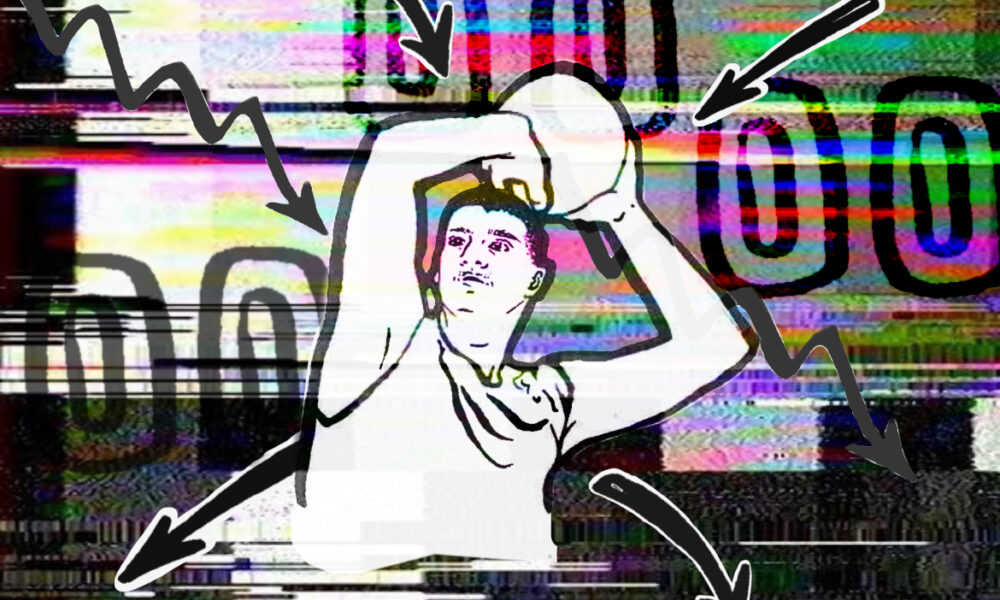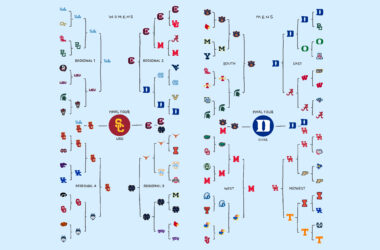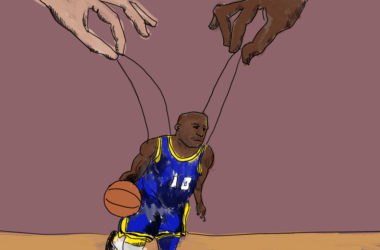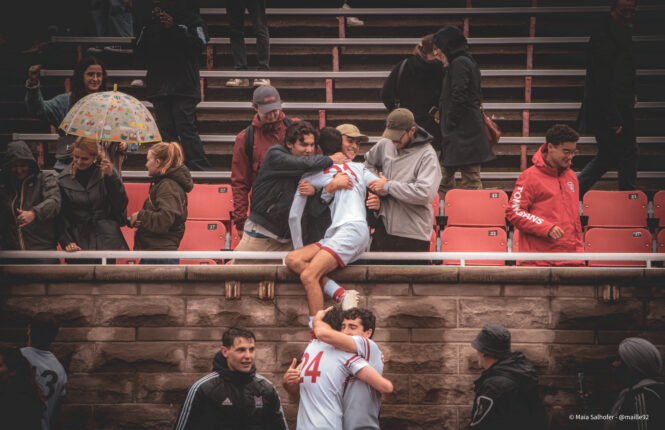There are few things in sports more exciting than a professional basketball game. High-flying dunks, intense defense, and an electrifying atmosphere make for an enthralling product. However, in recent years, television ratings for NBA games have gone down across the board, and fans are disgruntled with the state of the league and lack of viewing access.
According to Sports Media Watch, NBA viewership during the 2024-25 season on ESPN, ABC, and TNT—the league’s national television partners—was down nearly 20 per cent compared to the 2023-24 season. Additionally, from late October until early February, the NBA is competing with the NFL for the eyes of sports viewers. NFL viewership is down roughly two per cent, meaning the NBA’s decline in viewers is ten-fold compared to that of its main competitor.
Some consideration must be given to the changing state of the game when examining this perceived dropoff in popularity. Teams are shooting more three-pointers than ever before, the culmination of changes that have been brewing since the Golden State Warriors began the three-point revolution in the mid-2010s. From 2000-2009, teams averaged 15.7 three-point attempts per game. In the 2020s, that number has increased to 34.9, accounting for nearly 40 per cent of total shot attempts. In the current season, the Boston Celtics attempt nearly 50 three-pointers per game, prompting fans to claim the team has “ruined the sport.” For many fans, this can generate disinterest in the modern game.
This is a natural reaction to a changing sport, but it is not the players’ or league’s fault. To many, this version of the game may be the most exciting, with teams propelled by high-powered offenses. Fans of the “old” game may also feel alienated by the modern NBA superstar, a player who, while talented on the court, may make headlines off of it. The blurring of lines between sport and entertainment may dissuade a fan of the “classic” NBA.
Another quirk of the modern era railed against by fans, both young and old, is the increasing prevalence of “load management,” where star players will sit out games in order to rest and avoid injury. Fans who tune in to games expect to see the sport’s brightest stars. However, the players are increasingly unavailable in the interest of preserving their energy throughout a gruelling 82-game schedule, with additional games through the NBA Cup, created in 2023. That same year, the league introduced a new Player Participation Policy that sought to reduce load management by placing restrictions on the number of players that could rest per game and banning players from missing games televised on national TV for load management reasons. This policy has been largely successful, but teams can work around it by placing an injury designation on players that may not be injured to the extent teams say in order for the player to get rest.
The final and arguably most prevalent problem plaguing the league is the lack of access to games on television. The most common causes of this are local blackouts—where games are blacked out in certain areas due to broadcasting agreements and streaming restrictions—meaning games may only be shown on expensive streaming services. This represents a massive barrier to entry to prospective fans. The emergence of third-party pirated streams is also a growing concern, particularly with younger fans who wish to work around blackouts or streaming restrictions.
In order to avoid alienating viewers, the NBA must ensure that its games are accessible to the greatest population of fans possible. Regional blackouts and expensive streaming packages are hurting the popularity of the game and slowing its growth, taking away potential new fans because of the barriers to entry. Many of the problems fans have with the state of the on-court product are over-exaggerated, but problems with access to games are very real and hugely consequential. Commissioner Adam Silver and his Board of Directors must address this issue as soon as they can in order to limit the long-term effects of decreased viewership and ensure that the next generation of basketball fans will not be dissuaded by increased streaming costs and lack of availability.








